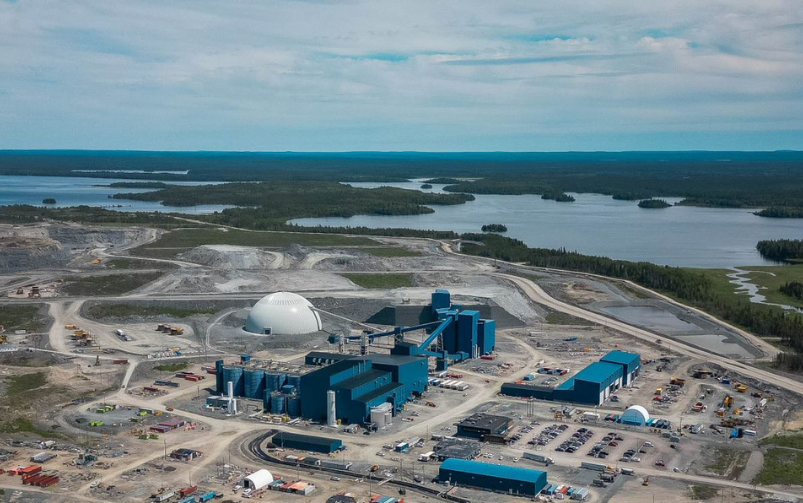News
Fortescue and Liebherr sign historic deal for autonomous battery electric trucksBoth companies unveiled the jointly developed battery electric T 264 truck at MINExpo
Both companies unveiled the jointly developed battery electric T 264 truck at MINExpo
September 25, 2024

The T 264 truck, weighing 416 tonnes, took centre stage at Fortescue and Liebherr’s technology reveal on Sept. 24, the first day of MINExpo. Both companies signed a historic agreement to introduce a fleet of 475 battery electric Liebherr machines to Fortescue’s operations in western Australia, of which 360 will be T 264 trucks. Courtesy of Liebherr.
More

Equinox cuts ribbon at the Greenstone mine, tariffs on Chinese-made EVs and a resource for acid drainage prevention on the way
The CIM Magazine Weekly Mining News Recap for August 30

New gold discovery near Valentine project, a step forward for Crawford nickel project and more mischief in Mali
The CIM Magazine Weekly Mining News Recap for November 29

